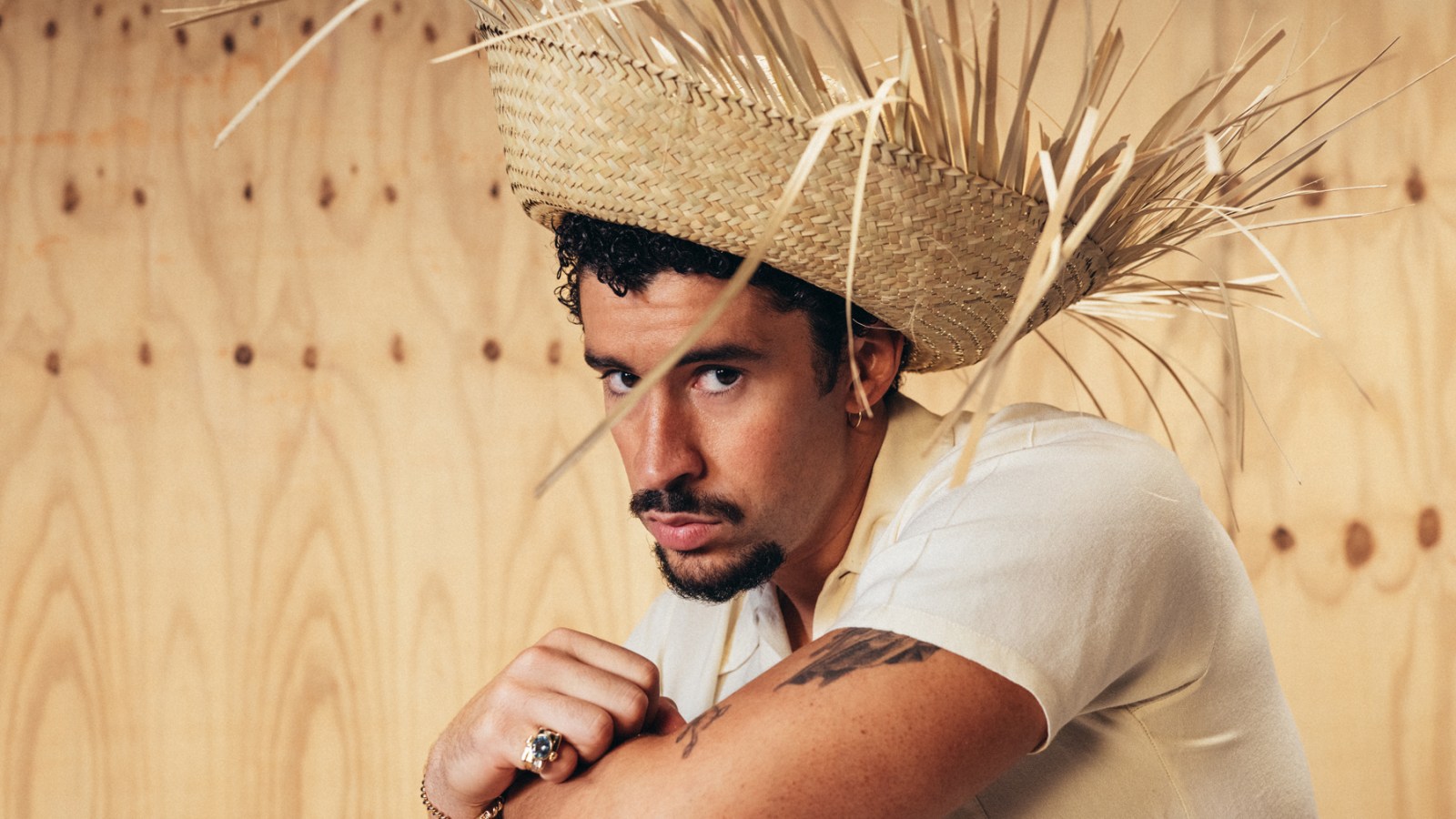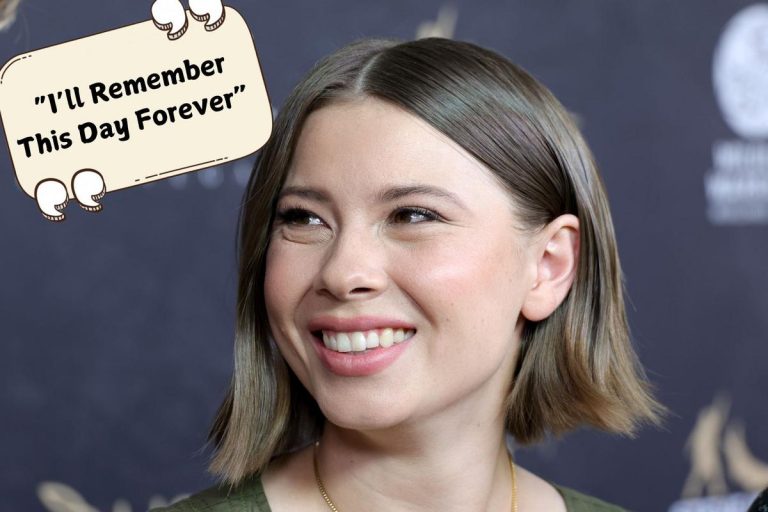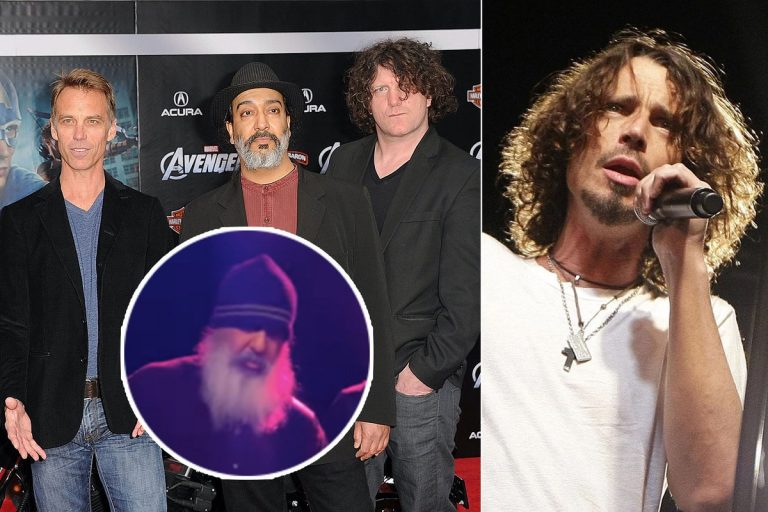For the past week, the number one song in the world has been a plena. On January 11, the title track of Bad Bunny’s newest album, Debí Tirar Más Fotos, took over the number one spot on Apple Music. It reached number one on Spotify’s global chart the next day, and remains in the number one position on both streaming platforms. It also broke the record for the Spanish language song to reach number one in the most countries in Spotify history. “DtMf” is performed in the Afro-Puerto Rican folk music style of plena, a genre that most non-Puerto Ricans are not familiar with. While well-known among Puerto Ricans and a mainstay at Puerto Rican cultural events, plena has never seen mainstream commercial success. Prior to “DtMF,” no plena song had ever charted in any position.
MAG, the prolific Puerto Rican and Dominican producer from Brooklyn who executive produced Bad Bunny’s third album El Último Tour Del Mundo and has since produced much of Bad Bunny’s catalog, including “DtMF,” tells Rolling Stone that the success of the song has been a surprise. “I didn’t expect this reaction, this reception. What’s happening with ‘DtMF’ feels like a cultural movement. And it feels like the world is hugging us and Puerto Rico, and in such a beautiful way,” he says.
While “DtMF” is number one in the world, many listeners might not even be aware of what genre they’re listening to. The release of the album’s YouTube visualizers (written by Puerto Rican scholar Jorell Mélendez Badillo) offered listeners historical context for the music. The visualizer for “DtMF,” which currently has over 24 million views, includes an abbreviated history of plena and the related Afro-Puerto Rican music genre of bomba. The visualizer explains that the cultural practice of bomba (music and dance) emerged in communities of enslaved Africans in Puerto Rico and their descendants. About a quarter century after slavery was abolished in Puerto Rico (1873), another Afro-Puerto Rican genre emerged known as the plena. Unlike traditional bomba, plena usually includes vocals (as well as differences in drums and instrumentation). On “DtMF,” Bad Bunny decided to do “gang vocals with all the kids who we now call the ‘sobrinos’” MAG explains, referring to the group of students from Puerto Rico’s Escuela Libre de la Música who are featured in multiple songs on the album.
While Bad Bunny has blended genres before, this album builds specifically on lesser-known Puerto Rican musical traditions like plena, and has brought it to the global spotlight in an unprecedented way. “I hope that the legacy of this album…makes those very traditional, folkloric sounds something that’s accepted in the mainstream. And I think that joy that he found in that room with those kids, bringing his dream to life, was contagious,” Latin Music Programmer at Apple Music Jerry Pullés told Rolling Stone.
The album also predominantly features salsa, on its opening track “NuevaYol,” its closing track “La Mudanza,” and the chart-topping “Baile Inolvidable,” which reached number 1 on Apple Music on January 9 before being overtaken two days later by “DtMF.” By hitting number 1, “Baile Inolvidable” became the first salsa song ever to reach the top spot on Apple Music’s global charts. Salsa builds on Afro-Caribbean rhythms and emerged from the poor Latino communities in New York in the 1960s, with a strong influence and participation from Puerto Ricans in the diaspora. Although salsa achieved more commercial success in the 1970s than folk genres like plena ever have, salsa was “in many ways comparable to how people thought of reggaeton when it first began,” explains Petra Rivera-Rideau, associate professor of American studies at Wellesley College and scholar specializing in Latin music. Early reggaeton, like salsa before it, and plena before that, were often denigrated because of their origins in working-class Black communities.
As one of the most popular artists in the world, Bad Bunny has brought together these historically marginalized genres in one album as part of a larger political statement. Debí Tirar Más Fotos is filled with messages warning of the risk that Puerto Rican culture — including its musical heritage — could disappear as a result of forced migration off the island and gentrification on it. These messages have clearly resonated with listeners. Spotify’s Head of Music, LatAm, Maykol Sanchez tells Rolling Stone that the success of the album is its authenticity.“From the moment you press play, it’s clear that Bad Bunny is sending a message,” Sanchez says. “Whether you’re Latino or not, the album resonates because it has a clear goal: to offer a powerful and genuine representation of Puerto Rico. Bad Bunny is not only celebrating the culture and heritage of his people, but he’s also shedding light on their current realities.”
Even the upbeat “Baile Inolvidable” — which Bad Bunny told Rolling Stone is his “favorite [song] on the album” — has deep significance beyond being the first number one salsa song in history. The track “Baile Inolvidable” is a six-minute live instrumental salsa in which Bad Bunny is accompanied by the student musicians from Puerto Rico’s Escuela Libre de la Música and as well as vocalists from the plena group Pleneros de la Cresta. The director of the music video for “Baile Inolvidable,” Kacho López-Mari, who previously worked on the music videos for 2019’s “Callaita” and 2022’s “El Apagón”/Aquí Vive Gente, as well as the films for Bad Bunny’s 2023 Coachella set, explains that the inclusion of student musicians in the song “is part of the same resistance and the struggle that we are promoting. We want public education to continue. We do not want to close La Escuela Libre de la Música.”
Last fall, on the eve of the historic Puerto Rican gubernatorial elections, López-Mari directed a pro-public education political ad that was conceptualized and sponsored by Bad Bunny. Puerto Rico is in the midst of an education crisis, as more than 600 public schools have been closed over the last ten years, and Bad Bunny wanted to address this issue and call out the political parties responsible for the closures. López-Mari tells Rolling Stone that they shot part of the pro-education ad in front of the very school that the students in “Baile Inolvidable” and “DtMF” attended. “Now, the students from this school are in the number one song in the world. There is a statement with [“Baile Inolvidable”]. It is not only about celebrating salsa music, there is also a statement about public education, there is a statement about the faith that Benito has in these young kids from Puerto Rico.”
Bad Bunny also demonstrates that faith, and investment in young aspiring artists, by giving a 30-second piano solo in “Baile Inolvidable” to 17-year-old student Sebastian Torres. Bad Bunny told Rolling Stone, “There are lots of young people doing salsa. And in Puerto Rico there always have been. In Cuba too…I think it’s a matter of the vision and the goals the artists have. On the mainstream level, since there is nothing happening with salsa, sometimes the artists say ‘Well, this is the market that we can access.’ And so they make good music but you don’t feel the street and the essence.” With these number one songs and this album more broadly, Bad Bunny made bold moves to try to reshape that market, a true investment in the future of young Puerto Rican musicians who are keeping cultural traditions alive.
Referring to “Baile Involvidable,” Bad Bunny told Rolling Stone, “That song was a dream come true because I have had that song in my head for so long. I heard that synth when I was working on Un Verano Sin Ti and, with the synth alone, I said ‘This is a salsa.’” MAG described this synth in the intro, which accounts for about the first minute of the six-minute track, “It starts really mysterious and then it transitions into a salsa. And so this is Benito’s take on salsa.”
Although Bad Bunny’s takes on salsa and plena are not traditional, “there is a direct link from the old-school plenas to what Bad Bunny is doing on this album. He’s working with people who are deeply invested in upholding plena’s history like Los Pleneros de la Cresta — a group that came together precisely to encourage social change through their music,” Rivera-Rideau says.
The plena “DtMF” nearly didn’t make it onto the album. As MAG tells Rolling Stone, “Benito felt like he had the album done and the tracklist done and then we did a night of parrandas [Puerto Rican holiday caroling] and I got back to my hotel and couldn’t sleep. I was hearing bomba and plena circulating in my head. At 8am., with pitorro coming out of my breath, I thought, what if we try plena but our own thing. So I sent a voice note to Benito and he was like, ‘Eso me gusta mucho.’ So he says let’s go to the studio…I told Benito the song should transition into live music. So I said let’s bring in the band… So we brought in the students. I was singing, Benito was singing. Everybody was in the live room having the best time. We recorded a live plena and it was just this very celebratory, beautiful moment. It was the most beautiful session I’ve ever been a part of.” While “DtMF” is predominantly a song about loss and appreciating moments with loved ones while you still have them (which connects to the album’s messages about a gentrifying Puerto Rico at risk of losing its people and culture), the song is reflective of the complexity, joy, love, and pain of life in the colony of Puerto Rico.
Sharing Puerto Rican genres with the world allows Bad Bunny to amplify the call to not just appreciate, but to preserve, Puerto Rican culture and Puerto Rico itself. “I know these songs are already exposing the world to the sounds of Puerto Rico, which is already a win,” MAG says. “There is so much more that makes up all the musical genres of Puerto Rico besides reggaeton. I hope that this inspires more artists from Puerto Rico and other countries to look within their culture and their music and pull from that.”
Vanessa Díaz is an Associate Professor Chicana/o and Latina/o Studies at Loyola Marymount University and co-founder of the Bad Bunny Syllabus Project.




Leave a Comment